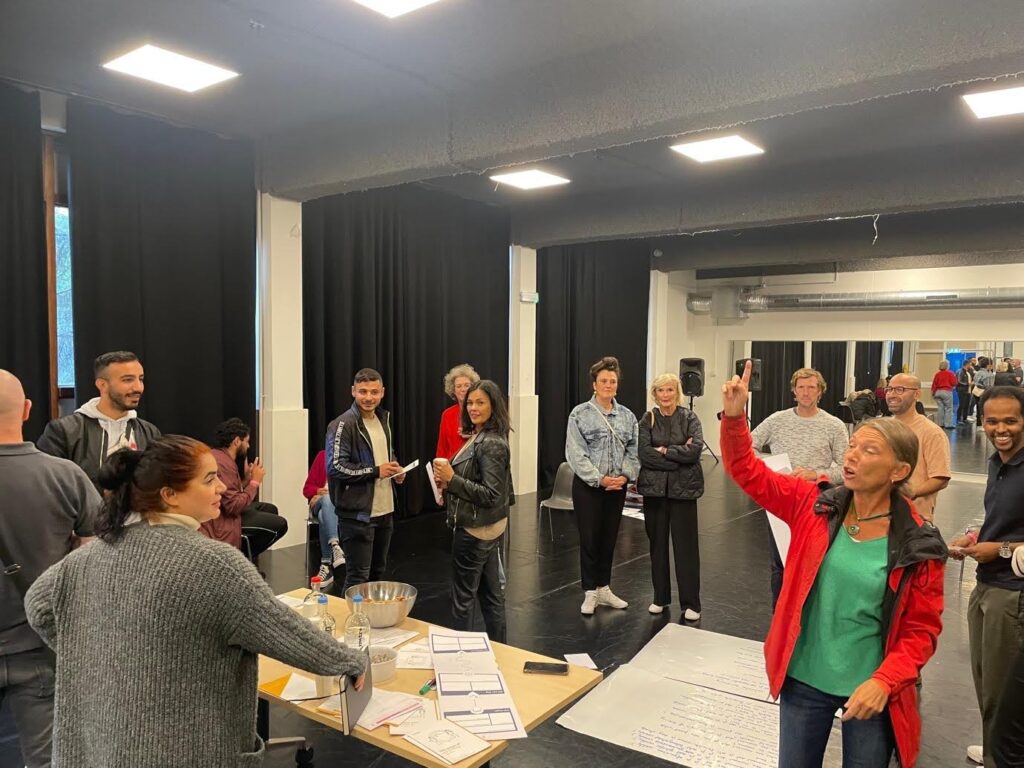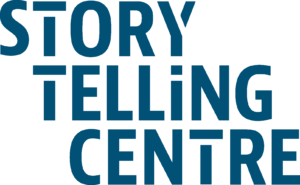Alternative Ways to Learn a Second Language

- Summary
- Fact Sheet
- Curator Interview
- More Information
Alternative Ways is a project in which we developed a new way to learn a second language, for people with lower language learning skills. We aim to reach people who have difficulties catching up with the formal language learning methods with a new and informal way of leaning, not based on cognitive learning but on learning using the senses, the body and the own story.
Alternative ways is developed by a European team of educators, neuro experts and artists. The latter group was very important in designing the activities, as a lot of music, theatre, movement, and storytelling is involved. Artists are also included in using the activities with language learners. They are the perfect teachers, ether certified or voluntarily, as they understand how to work with the senses in the best way. Additionally, they master several creative techniques that can be incorporated in language learning.
Since Alternative Ways was launched, in 2020, many trainings to artists, educators and language volunteers were delivered, in various European countries. The activities are available in Dutch, English, Frech and German and soon a Norwegian translation will be provided
The Challenge:
Newcomers and other migrants need to learn the language of their new home country. For many, the regular, formal learning methods are a good way to acquire a second language in a reasonable time. But for some it is a challenge, as the never learned how to learn or maybe even because they are illiterate. The formal methods do not serve them. However, they have to follow lessons for at least 600 hours before they have the right to ask for an exemption. By offering an alternative way to learn a language, we keep this group motivated and we want to enable them to get at least a basic level in order to participate in society.
Target Groups/Clients:
The primary target group are artists/educators/volunteers working with people with low language acquisition skills. But the final beneficiaries are the people themselves, newcomers and other migrants that want to participate in society.
Solutions:
Approaching language learning in an informal way is the solution we provide. By looking at other fields, like the arts, we were able to develop activities that fit the target groups we would like to support.
Innovation:
This method is quite innovative because we have an informal approach. Many formal teachers reacted with statements as: it is not possible to learn a language without teaching grammar. But we proved that it is possible to give the learners a basic level without cognitive learning. Additionally, we experienced that with Alternative Wasy we can keep a group engaged, which otherwise would have dropped out (mentally).
Impact:
We already see a huge impact as many educators, artists and volunteers apply the alternative ways method. Some are trained by us, others find their way on the online resources. But the main impact can only be measured individually, by looking at people who enable themselves to use a new language and thus can take part in society in a stronger way. We have many examples of that.
Project Website:
https://www.alternativeways.eu/
Organisation Els Streefkerk
Els Streefkerk
https://storytelling-centre.nl/en
